Wainscoting
Wainscot is a style of wall finish most often made of wood. Initially used as insulation & wall Barrier, it is now primarily a form of decoration that covers the lower half of a wall, and can be topped with a chair rail. Styles range from informal and simplistic to ornate and sophisticated. The classic categories of wainscot styles include raised panel, flat panel, bead board, and board and batten. Alternatives, including those made of plastic, tile, or metal, and so much more are also available
Raised Panel
Raised panel wainscot has a simple, box edge with a beveled effect; it looks like a series of large rectangles that have had material removed just around the edges. This type originated in the European Colonial period, and often looks best in rooms that share a similar style, including Colonial, Federalist, and Queen Anne. It is used primarily in formal settings, such as libraries, studies, and living rooms. Raised panel is one of the most common and classic styles
Flat Panel
Recessed or flat panel wainscot has a similar look to raised panel, but instead of the beveled edge with a raised center, the entire rectangle is flat. This style is a good fit with homes in the Mission, Shaker, and Arts and Crafts style. It has a simple look that is most often used in family rooms and other family-oriented areas of a house
Bead Board
Bead-board also called tongue and groove, became popular during the Victorian period of the 19th century. Like the other types, it typically features beveled edges on the top and bottom, but the center panel has vertical grooves that resemble pleated curtains or shutters. The distance between the grooves can vary to create wider planks or very narrow strips, depending on the desired look. Beadboard is often found in more informal settings, such as bathrooms, cottages, and vacation homes
Board & Batten
A simple style that looks somewhat similar to the flat panel, board and batten wainscot often does not have the standard beveled edges around the center panels. Instead, narrow boards extend vertically between the chair rail and baseboard. Traditionally, the vertical boards, called battens, were designed to hide the seams in the underlying wood panels. This look works well in homes with a simple or rustic feel, such as those in the Shaker style
Case Study
Some of our Past Projects
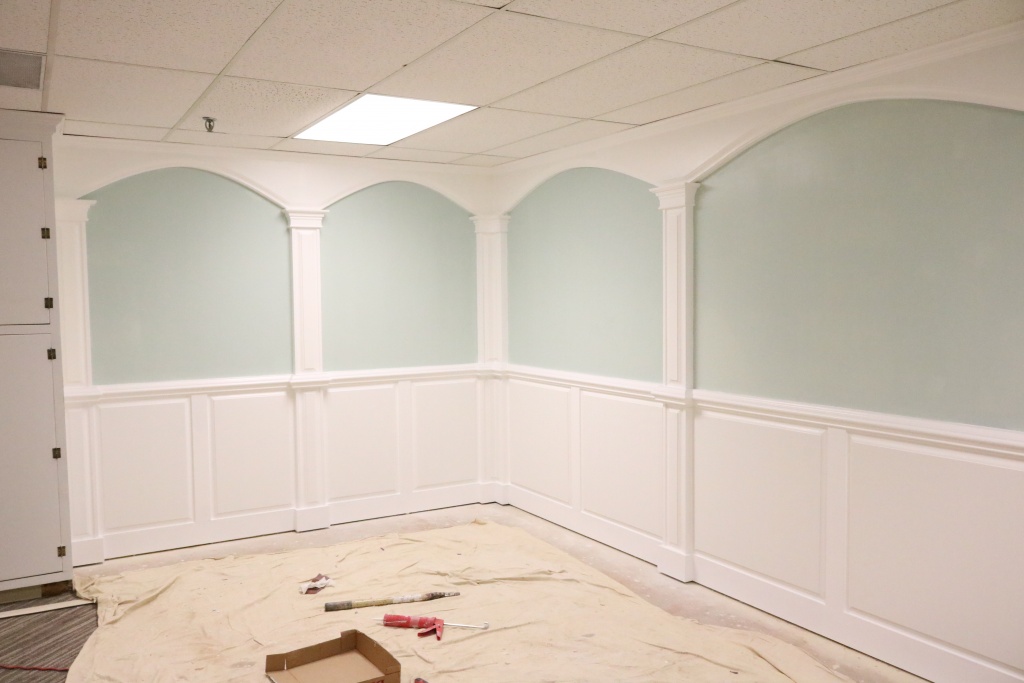
Raised Panel with column & Arch wainscot
- Custom Built Raised Panel with Pilaster & Arch Style
- Poplar Lumber & MDF Constructed
- Benjamin Moore Paints: Advance- Super White
- Semi-gloss Sheen
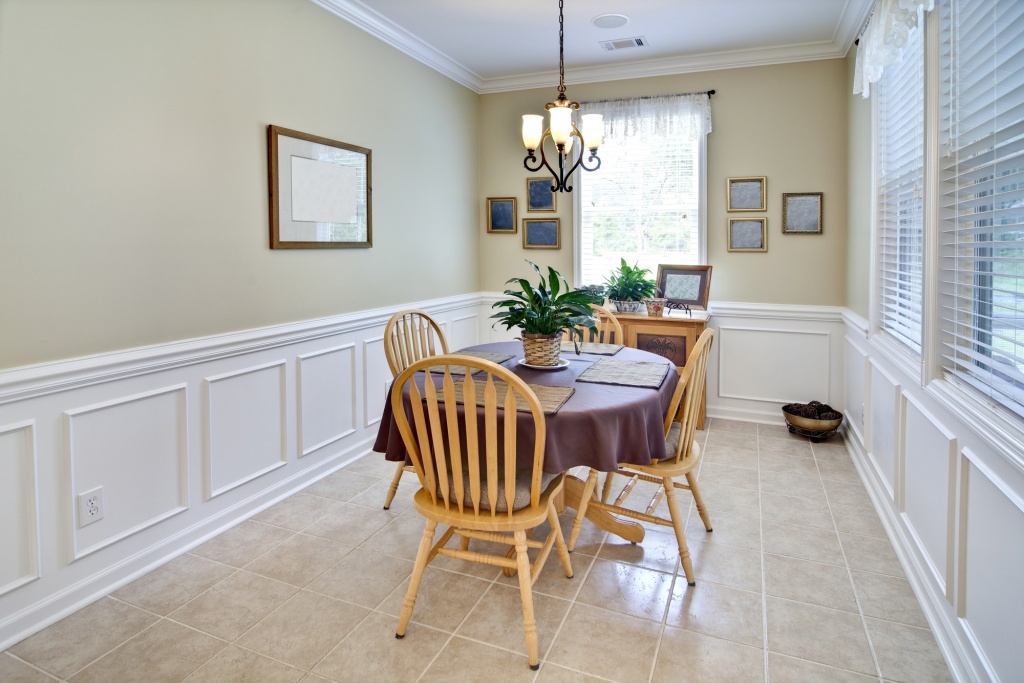
Chair-rail & Ogee Trim Wainscot
- Custom Built Ogee & Chair-Railing Trim Style
- Poplar Lumber, Primed Pine Constructed
- Sherwin Williams Paints: Duration- Snowbound
- Semi-gloss Sheen
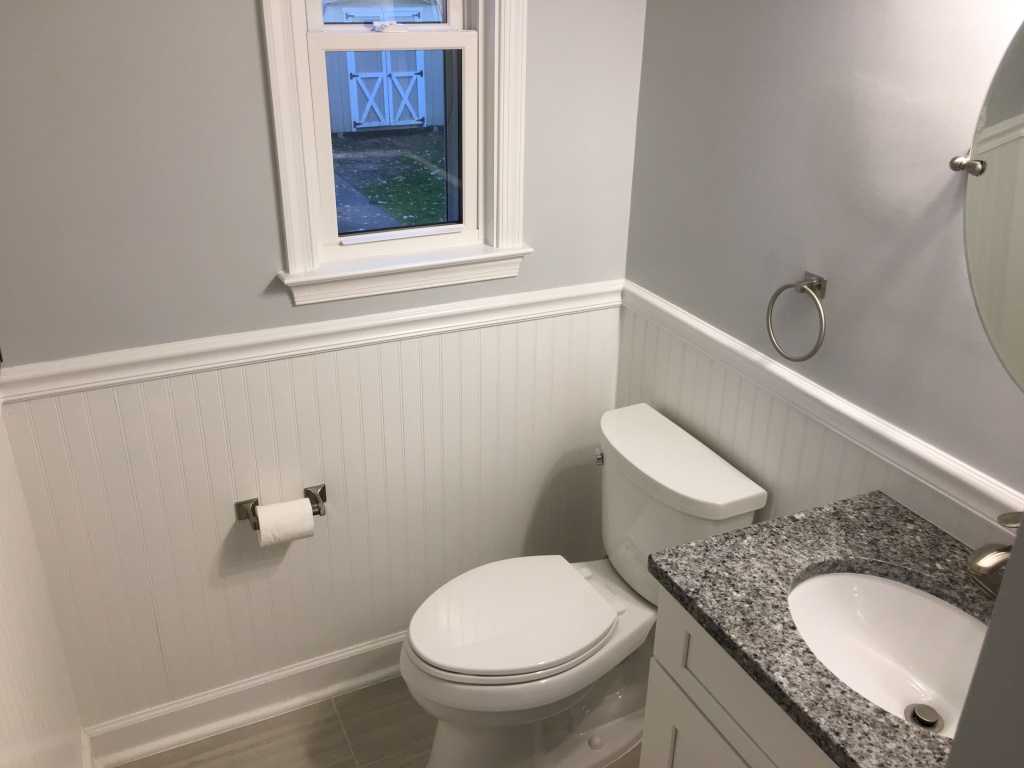
Bead Board Wainscot
- Custom Bead Board Style
- Primed bead board panels, Primed Pine Constructed
- Benjamin Moore Paints: Advance- Super White
- Semi-gloss Sheen
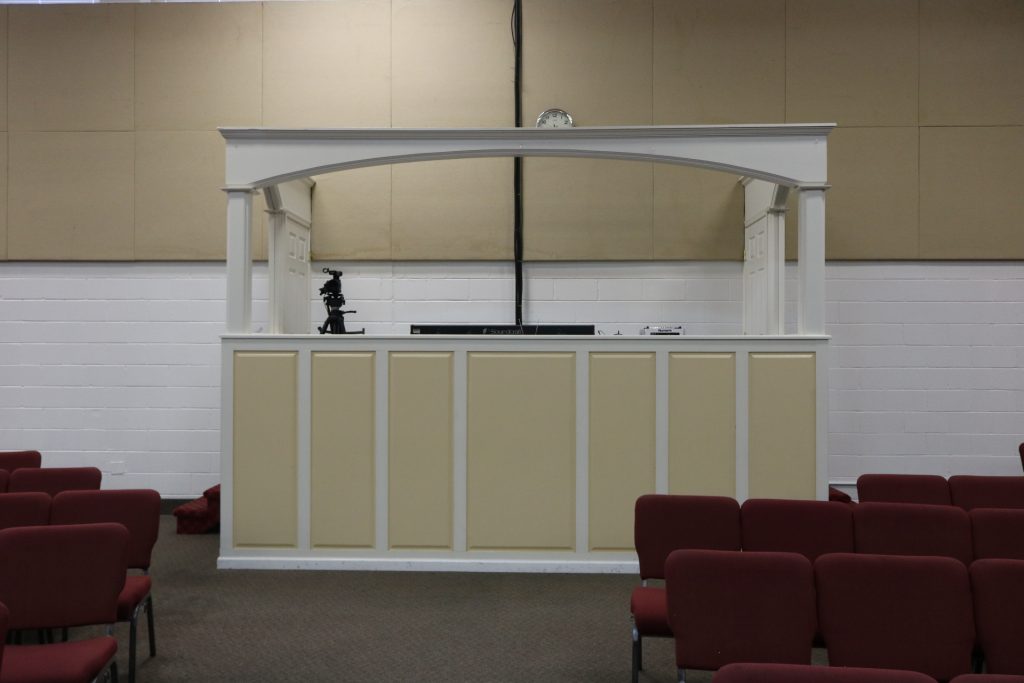
Custom Built raised panel with Arch Wainscot
- Custom Raised Panel Style
- Poplar Lumber & MDF Constructed
- Benjamin Moore Paints: Advance- Super White
- Semi-gloss Sheen
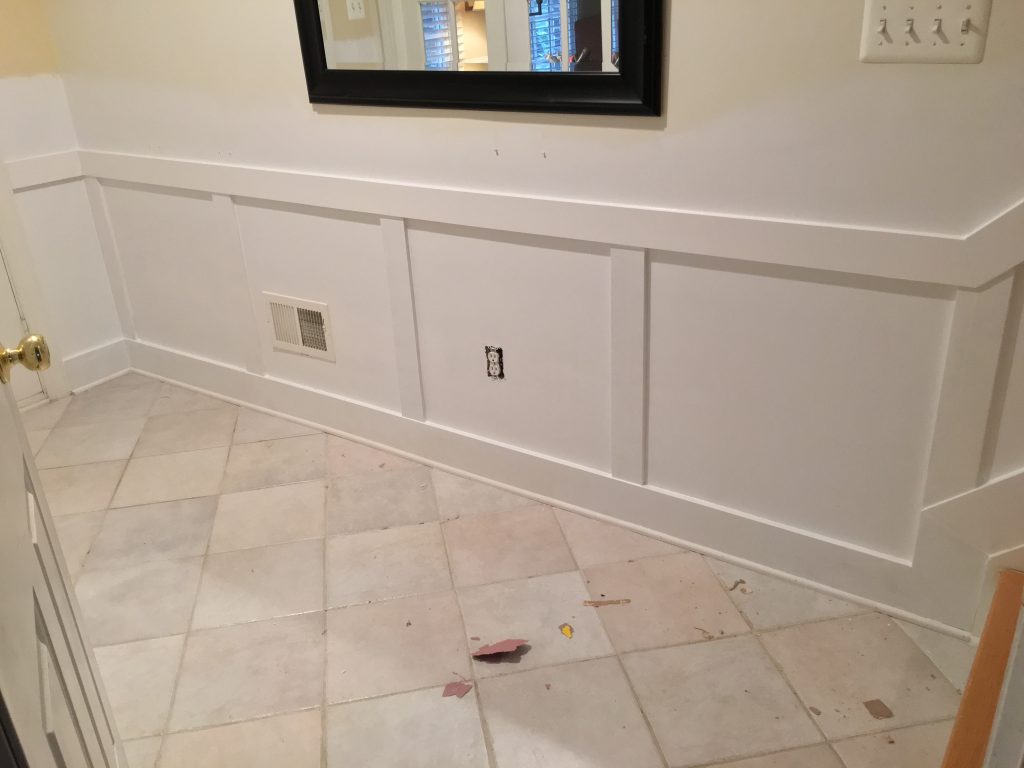
Board and Batten wainscot
- Custom Built Board & Batten style
- Poplar Lumber & MDF Constructed
- Sherwin Williams Paints: Duration- Snowbound
- Semi-gloss Sheen
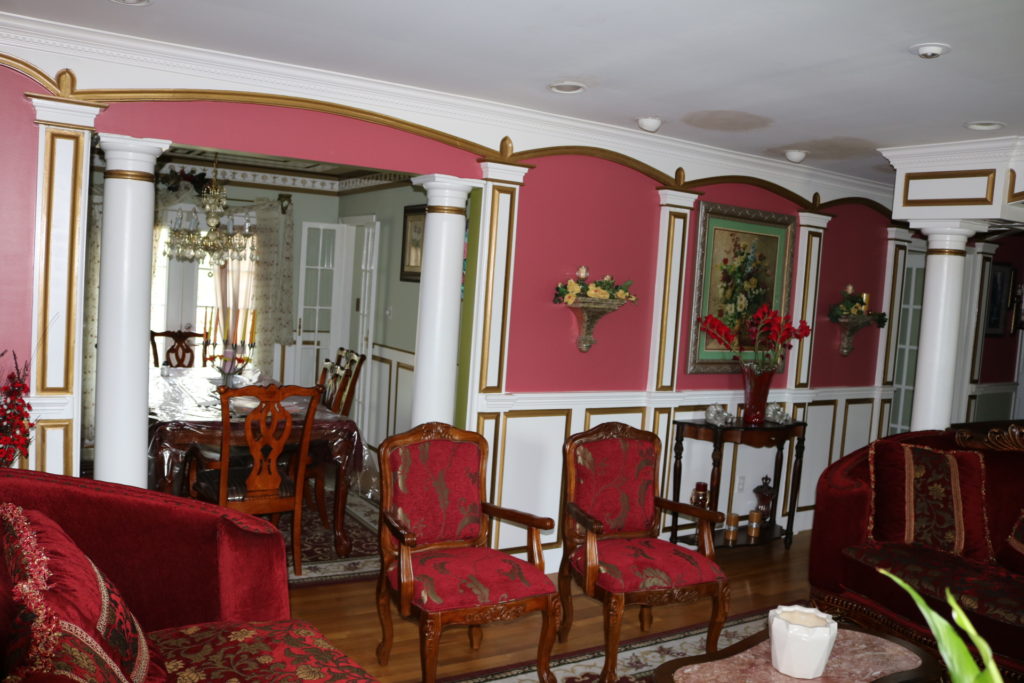
Raised Panel with column & Arch wainscot
- Custom Built Raised Panel with Pilaster & Arch Style
- Poplar Lumber & MDF Constructed
- 2-Tone Color
- Benjamin Moore Paints: Advance- Super White & Rust-Oleum Paints: Metallic Accent Gold Metallic
- Semi-gloss Sheen

Chair-rail & Ogee trim wainscot
- Custom Built Ogee & Chair-Railing Trim Style
- Poplar Lumber, Primed Pine Constructed
- Sherwin Williams Paints: Duration- Snowbound
- Semi-gloss Sheen
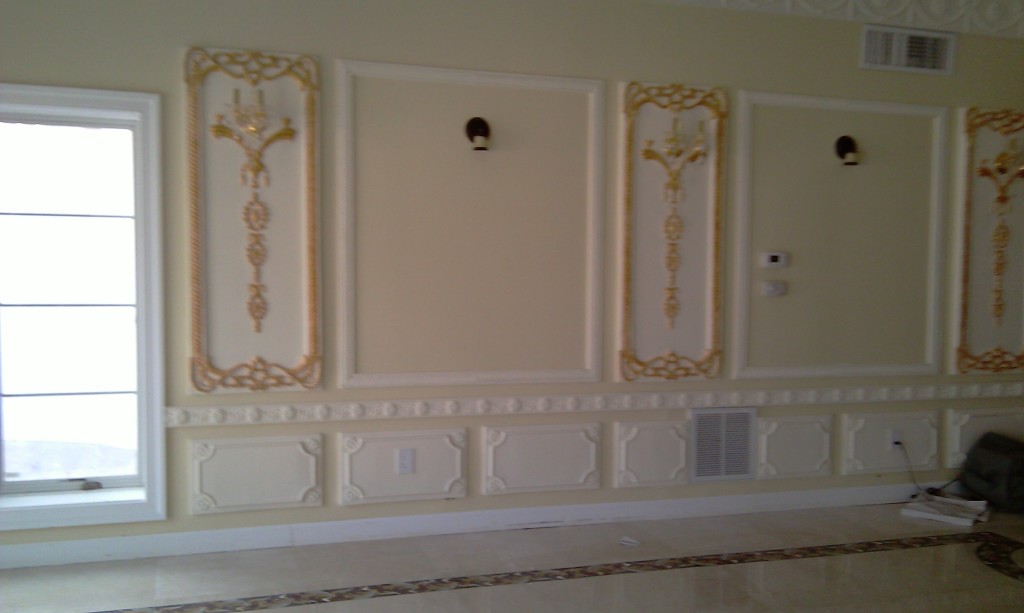
elegant sculpted wainscot
- Custom Built Elegant Sculpted Style
- Custom Imported Materials from Homeowners’ Conutry
Quick Info
Office: (571) 577-1211 Leave your message
Phone: (571) 577-1211 or (571) 921-2986: Text or Call
Location: Manassas, VA
Serving Northern Virginia, Washington D.C & Maryland
